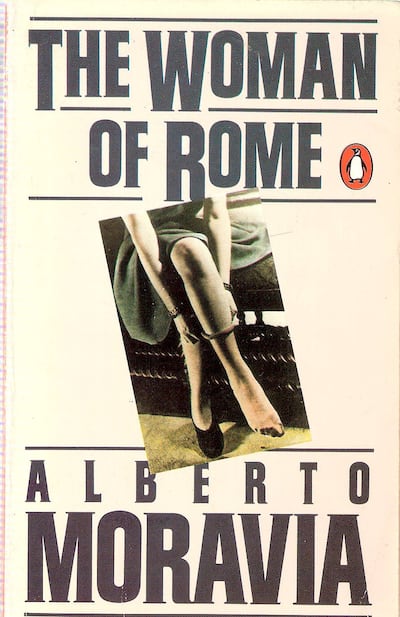“‘I’m a whore,’ I said aloud at last, to see what effect the words would have on me. They did not seem to have any effect’.”
This is Adriana, the woman of Rome. It is the time of Mussolini. Adriana is young, poor and beautiful. Her mother is a seamstress. Adriana’s beauty is their way out of poverty.

I read the book as a precocious 10 year old. It was my mother’s, a tattered Penguin paperback. I lay on the dusty carpet beside her bed and consumed Adriana’s story. “The ancient smell of dust and fluff in the carpet. . . Mino lay on me and his weight made me conscious of the delightful hardness of the floorboards. . .I felt he was kissing my neck and my cheeks and I was filled with joy.”
Sex on the floor. It seemed to me, then, unsurprising. Reading the novel now, I see its brutality.
Adriana hopes to marry Gino, a chauffeur. But she drifts into prostitution. Her first encounter is with Astarita, “a big pot in the political police.” Adriana is more than pleased to take his money. “I felt strangely thrilled, my face was burning and my breathing laboured.”
Adriana seems to be in control of her world. She chooses her men; she often enjoys her sexual encounters. Her loved one, Mino, is a wealthy student engaged in sedition. When he is arrested she asks Astarita to intervene. But Mino, terrified, confesses, incriminating his friends. In despair he kills himself. Adriana is pregnant. She has told Mino the child is his; she has lied. She knows its father is Sonzogno, a murderer. But Mino’s family will now secure her future.
You can read the book as the story of a prostitute. Or as a commentary on fascism. Moravia’s work was banned; during the second World War he went into hiding. The stench of Mussolini’s dictatorship permeates every page. Read it and shudder. Or read it as a testament to survival.


















